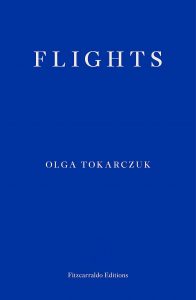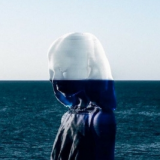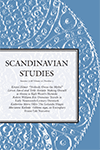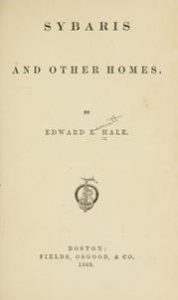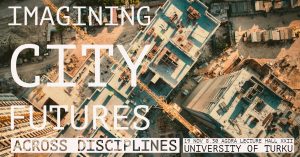
Turku Institute for Advanced Studies. Co-organized with SELMA, in cooperation with the Association for Literary Urban Studies.
Agora lecture hall XXII, University of Turku, 19 November 2018, 9:00h-17:30
This one-day symposium brings together researchers of future narratives from across disciplines. Its focus is on representations of city futures across a range of genres, from literary fiction to futures scenarios, policy, and urban planning. It aims to examine the language, narrative frames, and metaphors with which future cities are told, and the implications of such discursive strategies.
Please register by 12.11. via this link:
https://link.webropolsurveys.com/S/91D415EDDABB4E7A
PROGRAM
09.00-09.10 Welcome & introduction, Lieven Ameel, collegium researcher, TIAS
09.10-10.10 KEYNOTE ADDRESS: Paul Dobraszczyk
Paul Dobraszczyk is a teaching fellow at the Bartlett School of Architecture in London. His most recent book project is Future Cities, Architecture and the Imagination (Reaktion, 2019). He has published widely on visual culture and the built environment, with recent books including The Dead City: Urban Ruins and the Spectacle of Decay (IB Tauris, 2017); London’s Sewers (Shire, 2014); and Function & Fantasy: Iron Architecture in Long Nineteenth Century (Routledge, 2016). He is also a visual artist and photographer.
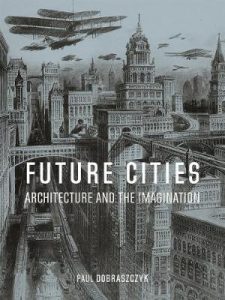
10.15-11.45 FORECASTING, FUTURE VISIONS, AND PLANNING
Forecasting to ensure the safety of society, Vesa Valtonen, Secretary General, Security Committee, Ministry of Defense
Ecological city visions and their impact on the development of Chinese cities, Outi Luova, East Asian Studies, University of Turku
Zoning Versus Private Action: Planning Texts and Urban Futures in St Louis and Houston, 1910–1960, Jason Finch, English literature, Åbo Akademi University
Future visions of the region Kotka-Hamina, created during the planning of the master plan, Kaisa Granqvist, Urban Planning, Aalto University
11.45-13.00 LUNCH
13.00-14:30 CITY FUTURES ACROSS MEDIA
Thirty Years of Imaginary Los Angeles. Climate Change and the Retrofitted Megalopolis in Blade Runner (1982) and Blade Runner 2049 (2017), Kimi Kärki, Cultural History, University of Turku
Reading for Ruins: On the Post-Apocalyptic Tense and Context, Jouni Teittinen, Comparative Literature, University of Turku
The flood of 1862 in Viennese humorous magazines: Jokes and cartoons about natural catastrophe as means of urban improvement, Heidi Hakkarainen, Cultural History, University of Turku
Participatory design fiction and future cities, Johanna Ylipulli, cultural anthropology, Helsinki Institute of Urban and Regional Studies
14:30-15:00 COFFEE BREAK
15:00-16:30 AGENCY & CITY FUTURES
Agency in Urbanizing Finland, Hanna Heino, Geography, University of Turku
From co-creation to agency in urban futures, Kaisa Schmidt-Thomé, Demos Helsinki
Agency, Voices and Visions for Preferable Futures: Ethnographic research on the World Heritage Site Suomenlinna, Pauliina Latvala-Harvilahti, The Finnish Literature Society Research Deparment
‘Small Island States and their Little Capitals: Lessons for Climate Resilience?’, Milla Vaha, International Relations/Political Philosophy, University of Turku
16.30-17.00 ROUNDTABLE
Methods, approaches and things ahead in Imagining City Futures across Disciplines
17:00-17:30 CLOSING WORDS AND RECEPTION
Organizer: Lieven Ameel / lieven.ameel@utu.fi / blogs.helsinki.fi/urbannarratives



